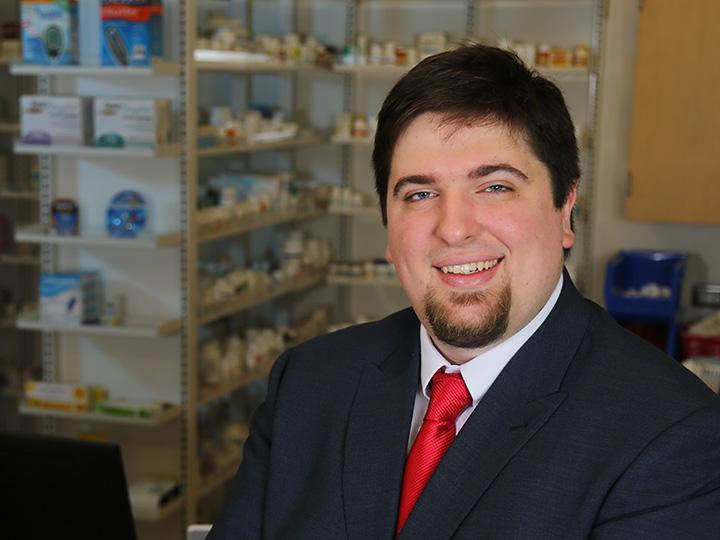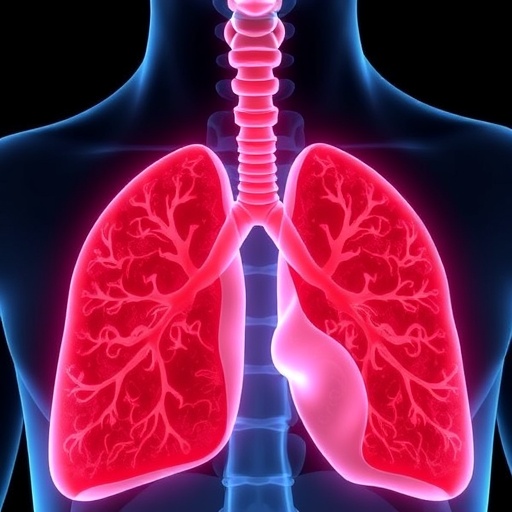$3.34 million grant for safe disposal as overdose deaths continue to rise

Credit: University of Houston
For the first time in American history, a person is more likely to die from an accidental opioid overdose than from a car accident. That’s the alarming conclusion of a National Safety Council report earlier this year, which places the rising odds of dying accidentally from an opioid overdose at one in 96, eclipsing the odds of dying in a motor vehicle crash (one in 103).
Responding to such trends, the University of Houston College of Pharmacy has opened the Prescription Drug Misuse Education and Research (PREMIER) Service. The service’s goal is to educate providers and patients on safe and effective controlled substance prescription use and to serve as a catalyst for collaborative research efforts to optimize pharmacotherapy used to manage pain and substance use disorders.
A recent study in JAMA also provided damning evidence against the pharmaceutical industry. It indicates strong evidence of connection between opioid marketing to doctors and the opioid epidemic, concluding “The potential role of pharmaceutical industry marketing in contributing to opioid prescribing and mortality from overdoses merits ongoing examination.”
“We want to keep patients healthy, especially those who use controlled substance medications and that starts with doctors and pharmacists, making sure they have the best training possible and the most appropriate treatment options available,” said Douglas Thornton, co-director of the PREMIER Service and assistant professor of pharmaceutical health outcomes and policy. Those treatment options, especially for pain management, include both non-controlled substance prescriptions and non-pharmaceutical choices.
Thornton says the PREMIER Service will address currently unmet needs by examining the role of health providers in prescribing and dispensing controlled substances and developing educational opportunities for both health care professionals and patients alike.
“The education component will be aimed at training and educating health professional students on issues of prescription drug misuse, addiction, dependence and options for pain management,” said Thornton. “Additionally, in 2019, Texas pharmacists are required to participate in continuing education related to opioid misuse. The new requirement provides the service an open avenue for professional engagement and the opportunity to create new educational programs for pharmacists as well as other health care professionals including physicians.”
The service will be a key driver of collaborative research with other institutions in the Texas Medical Service, Greater Houston Area and the State of Texas through the collaborations with the Texas Health and Human Services Commission.
Safe disposal grant
One piece of the education puzzle includes safe disposal of controlled substances. That’s covered in a $3.34 million Texas Health and Human Services State Opioid Response grant to Thornton, part of $92.5 million in federal funding the state received as part of the States Opioid Response. The grant will support the purchase, distribution and evaluation of “safe disposal kits” for dissolving/destroying unused and unwanted prescription controlled substance medications.
In Texas, the Drug Enforcement Administration collects and incinerates unused prescription medicine discarded in drug drop boxes housed in police stations.
“For a wide variety of reasons, people may not want to go to the police station with prescription drugs,” said Thornton. “We’d like to see a time when single use disposal pouches are given out at the pharmacy along with the prescription which prompts a discussion between the patient and pharmacist covering the need to safely dispose of all unused medications.” One study by Thornton concluded that patients who had such a discussion with either a pharmacist or doctor were more willing to dispose of their medications. But even then, Thornton admits that controlling the abuse of controlled substances is a Herculean task.
“Increasing prevention and understanding between providers and patients is a Band-Aid, while we work together to figure out the best way to go about this on a larger scale,” he said.
###
Media Contact
Laurie Fickman
[email protected]
Original Source
http://www.




